Written by Dr. Juan Carlos Cassano, aka The Golden Bookworm 
In a previous blog I posted about why Milk and Egg Protein is still as good a supplement as it was 50 years ago, when it was first pioneered by both Rheo H Blair and The Iron Guru Vince Gironda. Science has recently caught up with what Rheo H Blair and Vince Gironda were preaching years ago, that Milk and Egg Protein has a major anabolic effect in the body, and I would dare to say it is better then standard whey protein.
Sure, there are many studies proving that Whey Protein can induce insulin levels, which in turn can help muscle cells to take up essential amino acids to repair and build muscle, but what about Milk? What made Milk and Egg so special back then, and if it isn’t obsolete nowadays, which it isn’t, then why is it superior?
The key lies in the fractions contained in the Milk proteins. Both Vince Gironda and Rheo H Blair realized this long ago, and this blog will go into greater depths as to why the collected protein fractions in Whole Milk Protein are superior to Whey alone. Also make sure to read more about beef liver supplements which make a great pairing with milk and egg protein.
The Hormonal Response Of Humans To Milk Protein
Milk has always been associated with growth. Before protein powders and other protein supplements were around, milk consumption between meals was the recommended method of bulking up. Lifters realized that new born calves could double their weight in no time, and so milk consumption was theorized to add muscular bulk, and they were right. It is interesting to note that science has discovered that when comparing cow’s milk to human milk, cow’s milk contains twice as much protein than humans milk, which can partially explain why new born calves grow much faster than normal human babies (El Hatmi et al 2015). Understanding this, it is no wonder that bodybuilders began drinking milk, and by the gallons!
During the Silver era of the 1940s and 1950s, diets such as GOMAD (Gallon of Milk a Day) was the norm with teens drinking up to a gallon of milk a day to put on muscular bulk. However, there were many unnecessary calories consumed with such approaches, with many lifters gaining unnecessary fat as a result. This did not discount the fact that these lifters got big and strong, because behind that superficial layer of unwanted fat was hard earned muscle. Milk did stimulate muscle growth and fast.

The major fractions of protein in milk include both casein and whey, and it is these fractions that are responsible for the muscular growth experienced by so many lifters back in the day. When both Rheo H Blair and Vince Gironda realized this, they began to formulate their own protein powders based on milk whilst removing most of the unwanted and unnecessary fat that was responsible for the excess calories and fat gain. By isolating the major milk proteins, namely Casein and whey, and consuming these throughout the day, students of both Vince Gironda and Rheo H Blair saw incredible gains. Science has since discovered why.
A study in 2009 by Hoppe and colleagues had previously observed that milk could induce both insulin-growth factor 1 (IGF-1) and insulin in prepubertal boys, so they set out to discover the unknown components in milk that were responsible for this observation. They decided to examine the effects on the both fractions of milk, casein and whey on IGFs and insulin metabolism. The study found that the group ingesting casein, serum IGF-1 increased, whilst there was no change in insulin levels, and conversely, the group ingesting whey protein had increased insulin levels with no change in IGF-1. The study concluded that both milk fractions exhibited important but different growth promoting effects in humans, by increasing insulin levels through whey protein or IGF-1 through casein.

Milk And Egg Protein Vs. Whey Protein
It is obvious that from an anabolic hormonal response standpoint, Milk and Egg protein is likely to be SUPERIOR to whey protein, because it contains both casein and whey fractions, which increase the levels of IGF-1 and insulin in our bodies, which are two very potent anabolic hormones. When you think about it, many bodybuilders in the modern era now result to injecting themselves with synthetic black market anabolic steroids, namely human growth hormone and insulin to create an anabolic environment suitable for muscle growth. This of course is a very dangerous practice, and is not sustainable. Understanding that Milk and Egg protein can create an anabolic response in our bodies that can aid in muscle hypertrophy is both exciting and a relief for natural bodybuilders. This is the reason why so many trainees are returning to the tried and tested Milk and Egg protein that was hailed so many years ago by both Golden Era bodybuilders and nutritional gurus Vince Gironda and Rheo H Blair.
Conclusion
We all want gains fast, and at times it is difficult to know what path to take. Steroids can be a tempting path because of the fast results one can obtain, however that is a path that I am not willing to pursue, and neither should you. Instead learning about nutrition and how to improve on it, and how to tap into natures natural methods of creating an anabolic environment in our own bodies is something we should pursue instead. It is what Vince Gironda was trying to tell us so many years ago, Knowledge on Nutrition is Key and this constant pursuit of improving our nutritional knowledge should be something we all strive for.
Now that you understand why Milk and Egg Protein is superior to Whey Protein, you know which protein to go for. The Golden Era legends used it, and so should you! NSP Nutrition was 3 wonderful flavours available, namely Vanilla, Chocolate and Cherry Almond. Try these out instead of whey, and thank me later!
References
El-Hatmi H, Jrad Z, Salhi I, Aguibi A, Nadri A, Khorchani T. Comparison of composition and whey protein fractions of human, camel, donkey, goat and cow milk. Mljekastvo. 2015. 65 (3):159-167.
Hoppe C, Mølgaard C, Dalum C, Vaag A, Michaelsen KF. Differential effects of casein versus whey on fasting plasma levels of insulin, IGF-1 and IGF-1/IGFBP-3: results from a randomized 7-day supplementation study in prepubertal boys. European Journal of Clinical Nutrition. 2009. 63: 1076-1083.














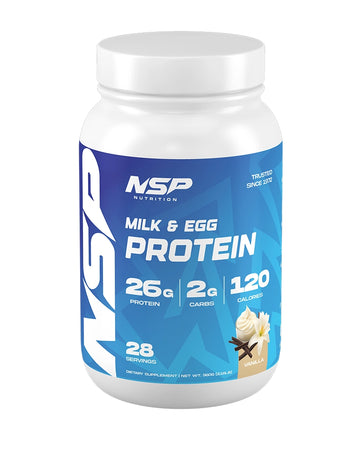







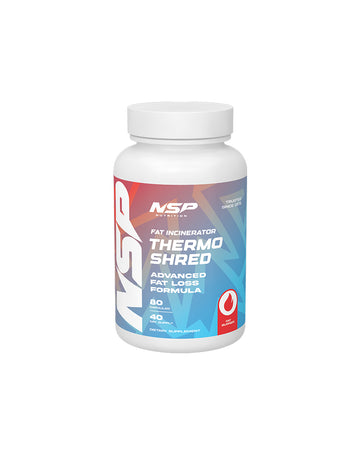

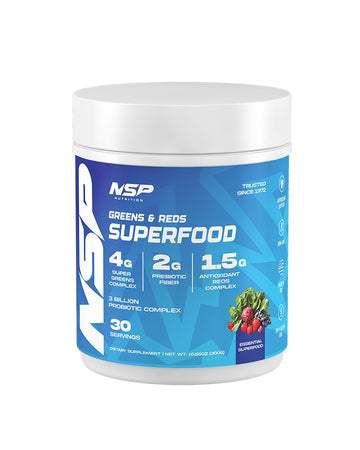
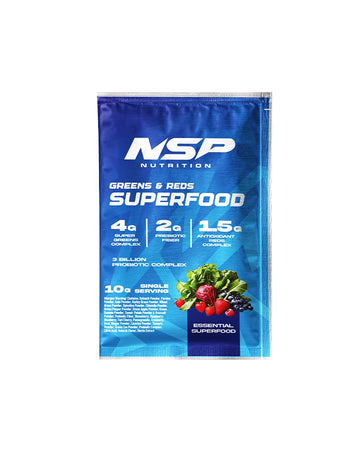


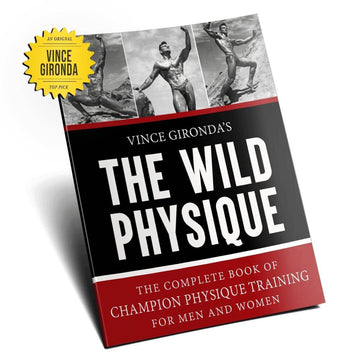




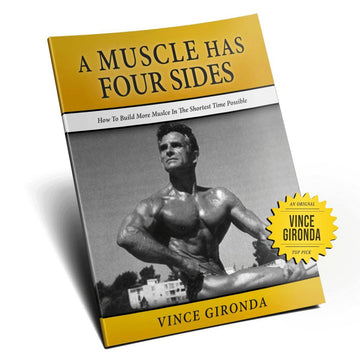












I’m 65 I’ve been working out 5 months and using plant proteins for my workout and I must say I am getting really good results I eat nothing but fish and every vegetable I can think of nuts and berries are in my everyday diet I was looking for another protein to help me grow a little faster and better so I like your story on the 8th and milk protein and most definitely want to give it a try I’ll let you know the results thank you for the information it was very helpful my name is Michael Mead.
Super Information . Gruss Finn